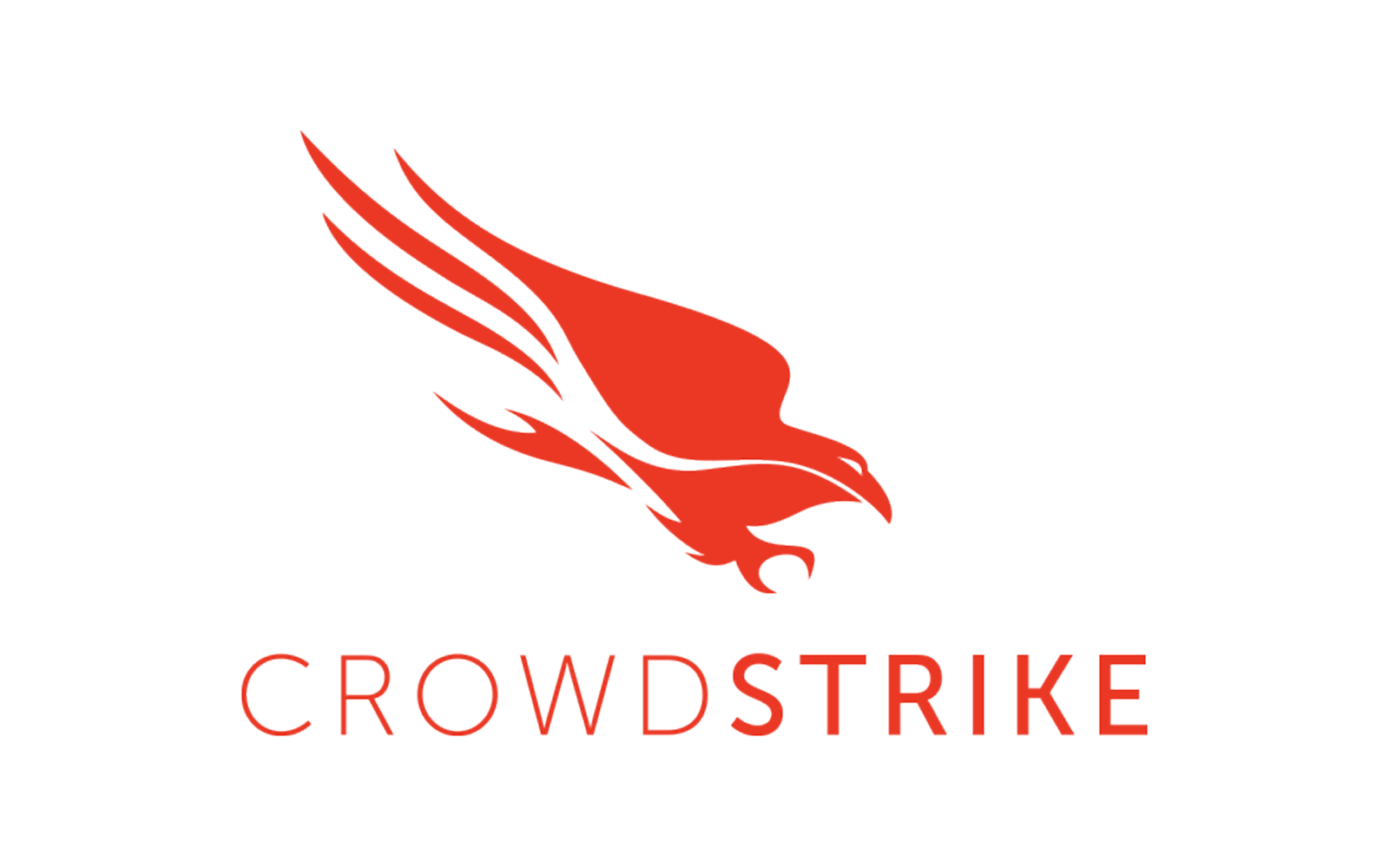
This is no longer theory. It is not hype, or projection, or the future. It is already happening. In industry after industry, fully digital companies are dominating their slower, less prepared competitors. They are not doing it by accident. They are doing it because their business model, operating rhythm, and infrastructure are built to win in today’s economy.
Cloud is the enabler. It allows them to automate faster, market smarter, scale instantly, and pivot with precision. When a fully digital company enters a market, the result is not just competition. It is asymmetry. And when you are on the wrong side of that divide, you are not just lagging. You are exposed.
---
The Fully Digital Company Moves First and Learns Fast
A digital-first business has no delay between decision and action. If data shows an emerging opportunity, they launch a campaign within hours. If customer behavior changes, they update pricing, features, or fulfillment processes in real time. If a competitor missteps, they move to absorb market share before the news cycle ends.
They do this because they can. Their systems are built on cloud-native infrastructure. Their processes are automated, integrated, and continuously monitored. They do not wait on IT tickets or procurement cycles. They do not depend on quarterly planning to change course. They execute daily, and refine continuously.
This creates a compounding advantage. They learn faster, improve faster, and outperform consistently. In a market that rewards speed and agility, this is not optional. It is what defines the winners.
---
Traditional Companies Still Rely on Institutional Drag
Now consider the typical non-digital company. To make a change, they must coordinate across departments. They depend on legacy systems that require manual intervention. They carry technical debt and infrastructure that slows them down at every turn.
Even when the will to act is there, the means are missing. Infrastructure is fixed. Costs are committed. Deployment takes weeks. Security reviews take longer. By the time they are ready to move, the moment has passed.
This is not a failure of talent. It is a failure of structure. These companies are built for stability, not adaptability. And in today’s economy, that is a disadvantage that cannot be masked by effort or intention.
---
Cloud Infrastructure Is the Difference
The digital company is not faster because it tries harder. It is faster because it is architected that way. Cloud infrastructure provides real-time scalability, automated redundancy, and global reach with zero lead time. Cloud platforms allow for continuous integration, seamless data access, and policy-driven security.
This is not just more efficient. It is operationally transformative. It means you can spin up new environments instantly, launch features continuously, and test strategies without committing capital. That is the freedom to act. And it is what separates digital leaders from everyone else.
---
The Downturn Makes the Gap Obvious
In good times, the difference between a digital company and a traditional one might be subtle. Both can grow. Both can hide inefficiencies under rising demand. But when the market turns, the contrast becomes sharp.
The digital company reduces cost by scaling down infrastructure in minutes. The traditional company must wait for contract expirations, staff reductions, or asset write-offs.
The digital company captures distressed customer demand by launching new offers quickly. The traditional company is still waiting on internal approvals.
The digital company adjusts spending daily based on return. The traditional company works from an annual budget that is already out of sync with reality.
In a downturn, the speed of decision and execution is not just a benefit. It is a strategic weapon. And the companies that wield it are not just surviving. They are taking share.
---
This Is a Structural Shift, Not a Temporary Trend
The dominance of digital companies is not a result of clever marketing or generous funding. It is the logical outcome of better infrastructure, more flexible operating models, and a culture of execution.
It is not going away. It will accelerate.
The companies that embrace digital execution will continue to compound advantage. They will acquire competitors, retain customers, and set pricing power. The companies that do not will continue to fall behind, even if they are well-run and well-intentioned.
That is the challenge. And it is also the opportunity.
---
You Do Not Have to Lose
The good news is that any company can become digital. The technology is available. The playbook is proven. The path is clear. But it requires commitment. It requires more than cloud pilots and digital labs. It requires migrating the core, modernizing the foundation, and enabling every team to act at speed.
It also requires a shift in mindset. From planning to execution. From ownership to consumption. From internal IT to strategic cloud partnerships.
This is not about catching up. It is about becoming structurally competitive.
---
Conclusion: The Race Has Started
Digital companies are not waiting. They are building, shipping, and scaling every day. They are measuring returns in weeks, not quarters. And they are becoming harder to displace with every iteration.
If your company is not digital at its core, you are not only behind. You are vulnerable. Your systems are slow. Your costs are fixed. Your competitors are moving faster than you can respond.
Now is the time to change that. The next recession, disruption, or market shift will not give you more time. It will give digital companies another opening.
And they are ready.
Are you?








.png)


-1.png)

-1.png)


.png)